The History of Karate
The Japanese word "Karate" is made up of two pictograms - Kara and Te (meaning "Empty Hand"). Traditional forms of Karate are often referred to as Karate-Do ("The Way of the Empty Hand"), Do meaning "path" or "way".
It is believed that the oriental martial arts stem from a Buddhist monk named Bodhidharma who traveled from India to China in the 6th century B.C.
He arrived in Shaolin-si (small forest temple) and taught Zen Buddhism. He also introduced a systematized set of exercises designed to strengthen the mind and body, exercises which allegedly marked the beginning of the Shaolin style of temple boxing. Bodhidharma's teachings later became the basis for the majority of Chinese martial arts.
The origins of karate are less clear and little is known about the early development of Karate until it appeared in the Ryukyu Islands (Okinawa). Being a small group of islands at the crossroads of major trading routes, its significance as a "lay over spot" was first discovered by the Japanese, and it later developed as a trade centre for South East Asia - trading with Japan, China, Thailand, Malaysia, Borneo and the Philippines.
Inevitably, the Chinese forms of boxing (and other Asian martial arts) became known to the Okinawans, and in 1392 36 families from China settled on Okinawa, most likely bringing with them a knowledge of kung fu. These fighting methods were adapted and further developed by the Okinawans and came to be known as Te (meaning “hand”) or To-De (written to mean “Chinese hand” and pronounced Kara-Te in Japanese).
Over the centuries there were a number of successive weapons’ bans imposed by domestic and invading rulers between the 15th and 17th centuries. This made the Te arts much more important to the native Okinawans who not only developed and practiced their "fist based" fighting skills, but also developed a range of weapons based arts (Kobu-do) using farm implements to deadly effect. Nunchaku (flails) were horse bridles, the Bo (long staff) was used to carry water buckets, and so on. The weapons could be practiced in secret and did not arouse suspicion. These weapons are still practiced in conjunction with Karate today.
Over time different styles of Te developed. The styles were often named after the town or city where they were practiced so the Nah-aTe style was based in the Naha district and focused on strong, heavy techniques, while the Shuri-Te style - from Shuri - specialised in light, fast techniques.
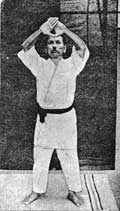
Gichin Funakoshi was a school teacher who was known for his skill at calligraphy and poetry. He would sign his work using his pen name Shoto ("waving pines" - these grew near his home and inspired his writing) and his style of Karate became known as Shoto Kan - Shoto's Club or School.
In 1921 he lead a demonstration of "Te" for the Crown Prince Hirohito whose approval led to invitations from various groups in Tokyo to demonstrate his art - including the Ministry of Education and the Kodokan (The Headquarters of Judo). These demonstrations lead to the establishment of many clubs in Japan’s universities, and Karate as we know it today was born!
During the next twenty years what was to become known as “Shotokan” continued to be developed by Funakoshi and his senior students, especially his son, Yoshitaka. In order for Karate to be accepted as a Japanese art (and not an Okinawan import) the characters used to spell Karate were changed so that the meaning became “Empty Hand” rather than “Chinese Hand” and a standardised grading system and training uniform were adopted.
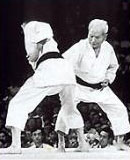
From the 1950’s on, Karate began to receive increasing international attention. This was mainly through exposure to American servicemen stationed in Japan after World War II and through Japanese students traveling abroad to study. Karate has been practiced formally in Britain since the early 1960s, though it was Bruce Lee's film "Fist of Fury" (1972) that brought the oriental martial arts to prominence and today there are martial arts schools the length and breadth of the UK.
Master Gichin Funakoshi died in 1957 at the age of 88, but his legacy of Shotokan Karate is still practiced today.
Karate continues to go from strength to strength and has been selected as an Olympic Sport in 2020 at Tokyo.
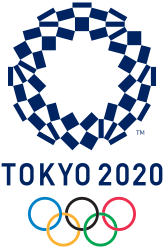
Recently, some Karate men have used funny and strange sounding names for their own styles of Karate. A Karate man of this kind does not have a real understanding or knowledge of the orthodox Karate or he has no confidence in his ability as a Karate man. He uses these funny sounding names for his own style of Karate as an evasive answer when he has a hard time demonstrating a very difficult technique or even an incomplete one. […] Karate does not have any one style. Karate molds an individual to be the only object of defense or offense and, through this, it teaches the fundamental concept of self-protection.
Kanken Toyama (founder of Shudokan Karate)
Our Art
Karate-do
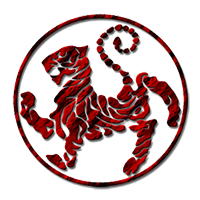
Our Association
English Karate Organisation
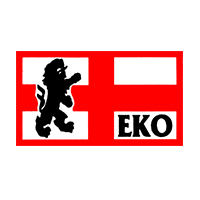
Our Club
Sunderland Ippon Ki Karate Club
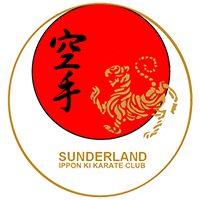
Self Defence • Focus • Confidence • Respect • Self-Discipline • Honour • Fitness
Stress Reduction • Achievement • Positive Family Safe Environment
